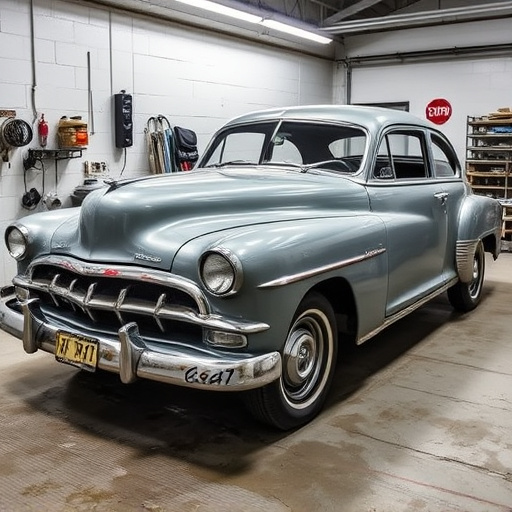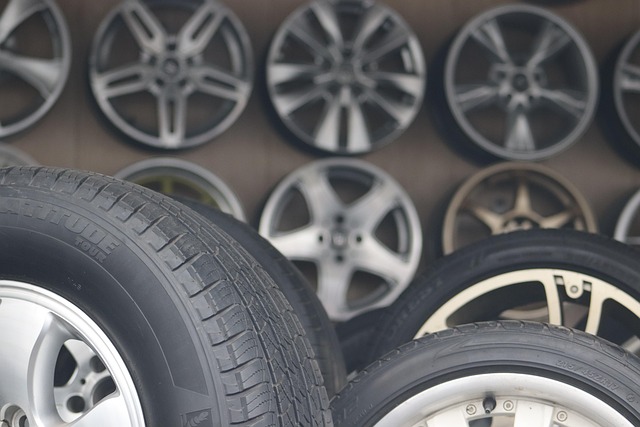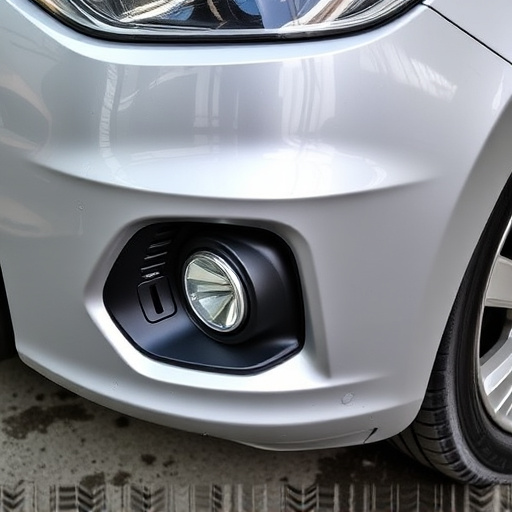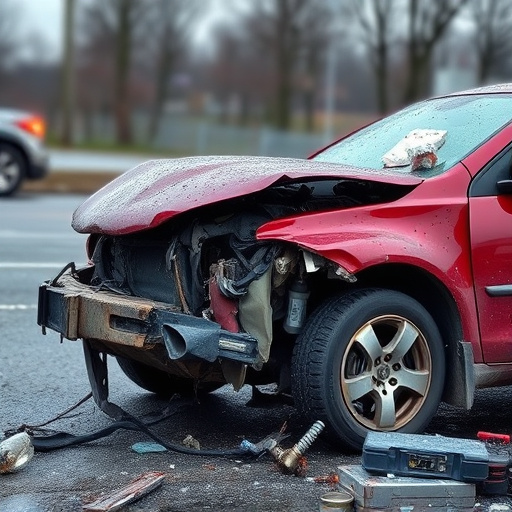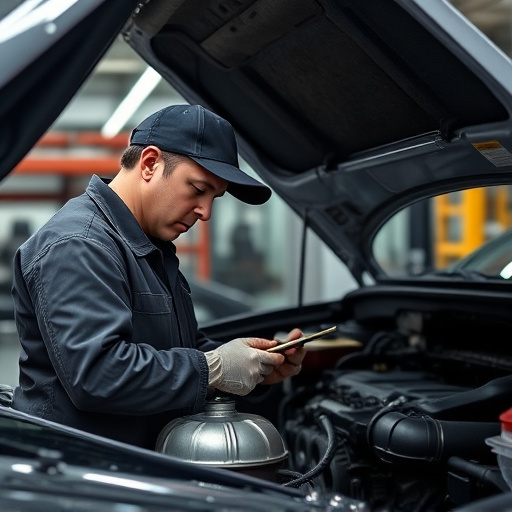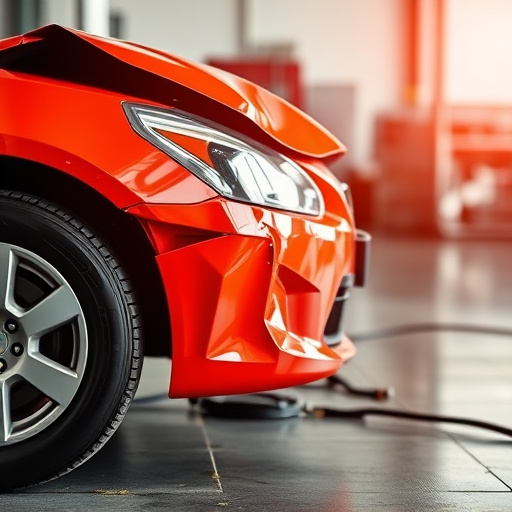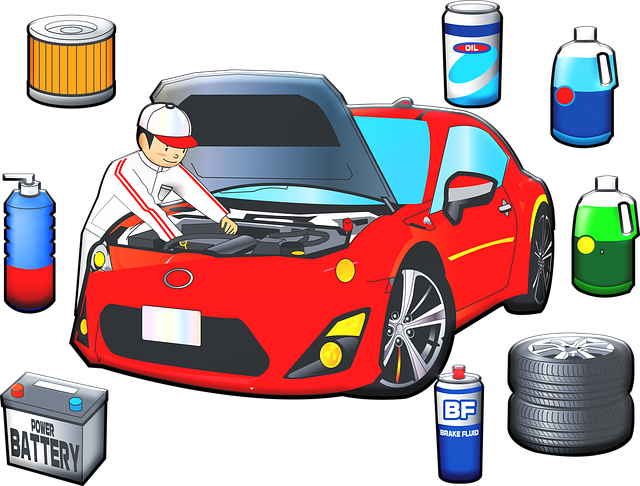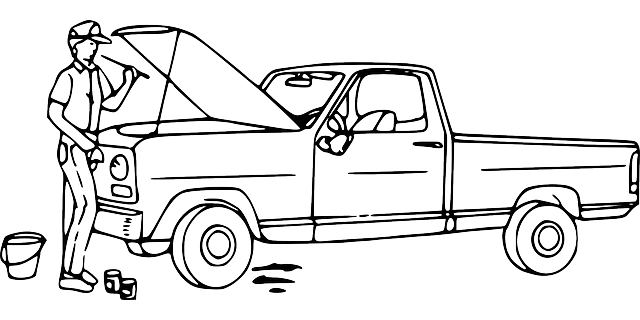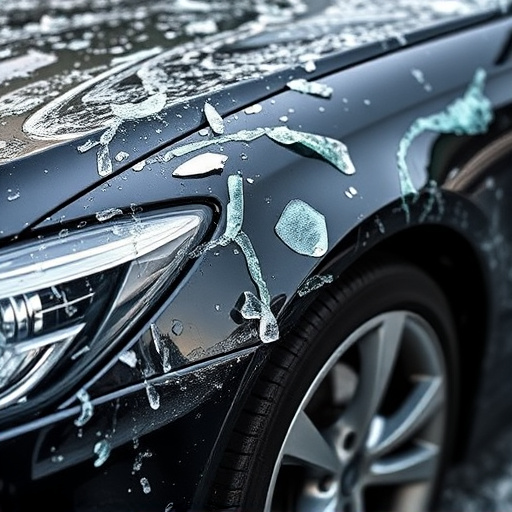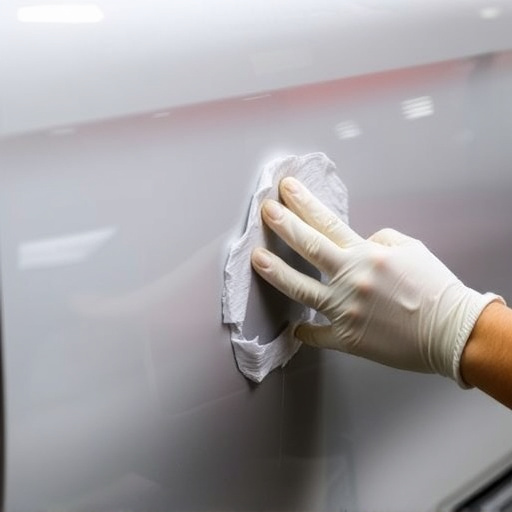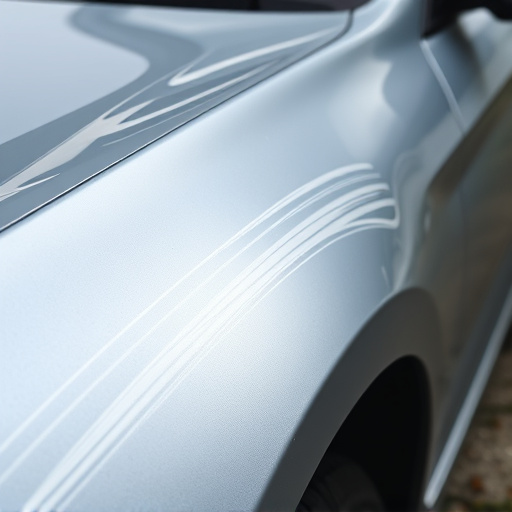Environmental factors and daily wear accelerate the degradation of pearl finishes on vehicles like Mercedes-Benz, leading to discoloration, cracking, and fading. Regular inspection during frame straightening identifies vulnerable areas. Proactive maintenance includes consistent washing, waxing, and high-quality car wax applications every 2-3 months. Recoating after significant events or visual imperfections ensures longevity of the pearl finish restoration, preserving its protective and aesthetic qualities.
Pearl finish restoration is a crucial step in maintaining the elegance of your surfaces. This article guides you through understanding the degradation patterns of pearl finishes, teaching you how to spot when restoration is needed. We’ll delve into longevity tips and provide a maintenance schedule for recoating, ensuring your pearl finishes stay vibrant and durable. By following these expert insights, you can extend the lifespan of your pearl finish restoration projects.
- Understanding Pearl Finish Degradation Patterns
- When to Spot the Need for Restoration
- Longevity Tips: Maintenance and Recoating Schedule
Understanding Pearl Finish Degradation Patterns

Understanding Pearl Finish Degradation Patterns
Pearl finishes, known for their stunning luster and depth, are highly susceptible to degradation over time. Key factors contributing to this include environmental conditions, such as exposure to UV rays, pollution, and varying temperatures, which can cause the finish to yellow, crack, or fade. Additionally, regular wear and tear from daily use, like washing and minor bumps, accelerate the process. In the case of a vehicle collision repair, especially in models like Mercedes-Benz, where precision and detail are paramount, identifying specific degradation patterns is crucial for effective pearl finish restoration.
Focusing on areas prone to damage during frame straightening processes, such as door jambs, fenders, and bumpers, is essential. Regular inspection and maintenance play a vital role in prolonging the life of these finishes. By understanding these degradation trends, restorers can implement targeted strategies, ensuring the longevity and visual appeal of pearl finishes on vehicles, maintaining their original beauty even after years of use.
When to Spot the Need for Restoration

Over time, a pearl finish can show signs of wear and tear, especially if it’s frequently exposed to harsh weather conditions, UV rays, or everyday use. The need for pearl finish restoration arises when you start noticing specific changes in its appearance. One of the most visible indicators is the development of fine scratches or swirls on the surface, which can give the finish an uneven, dull look. These scratches are not only unappealing but also weaken the protective layer, making the paint more susceptible to further damage and discoloration.
Additionally, keep an eye out for signs of oxidation, which often manifests as a yellowing or discoloration of the pearl finish. This is particularly common in regions with high humidity levels or where vehicles are exposed to salt or other chemicals used on roads during winter. Even minor dents or scratches that haven’t been addressed can lead to these issues over time, emphasizing the importance of regular inspections and prompt restoration when needed.
Longevity Tips: Maintenance and Recoating Schedule

To ensure your pearl finish restoration lasts as long as possible, establishing a consistent maintenance and recoating schedule is essential. Regular washing and waxing are non-negotiable elements of pearl finish upkeep. These practices not only protect against environmental contaminants but also shield the intricate layers of the pearl finish from fading or chipping. Aim to wash your vehicle every 2–3 months and apply a high-quality car wax at least twice annually, depending on exposure to harsh weather conditions.
In addition to these preventive measures, understanding when to recoat is key. Recoating should be considered after any significant events that may have compromised the finish—for instance, following a collision at a collision center or after extensive car bodywork services. Moreover, if you notice signs of fading, swelling, or other visual imperfections, it’s time to consider a fresh coat of pearl finish restoration. Regular maintenance and timely recoating will guarantee your vehicle’s exterior retains its stunning pearl-like luster for years to come, showcasing the craftsmanship of professional car paint repair services.
Maintaining a pearl finish requires regular care and timely reapplication. By understanding the degradation patterns and spotting the signs of wear, you can extend the lifespan of your pearl finish restoration. A well-maintained surface will not only enhance the aesthetics but also safeguard the investment in your property or artwork. Incorporating a maintenance schedule and adhering to a recoating routine is key to preserving the beauty and brilliance of pearl finishes for years to come.
